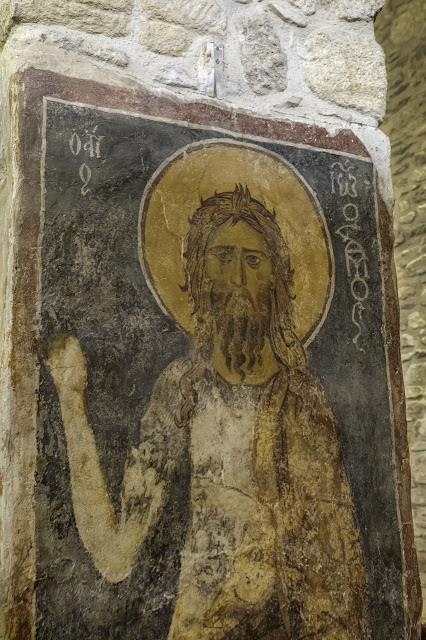The exploitation of limestones has been
carried out here since the fourteenth century, and the oldest part of
the quarry called "Za Tor" is located in today's street of the same
name. In 1873, a Cracow entrepreneur of Jewish origin, Bernard Liban,
set up a company dealing in the production of building lime and
fertilizer, stone, foundation and paving stones. The company "Quarries
and limestones Leban and Ehrenpreis" at the end of the 19th century was
the most important company in the building materials industry in Krakow.
During World War II, there was a Penal Building Service Camp for
prisoners of Polish descent. The Nazis employed here about 800 people
working 14 hours a day without holidays and Sundays. Today, a memorial
after this period is a monument in a niche dedicated to the prisoners
who died there. After the war, the plant was nationalized and employing
up to 110 employees. In 1986, the deposit was deemed exhausted thus the
site abandoned. In 1993 Spielberg used Liban in his Schindler's List and
though most of the set removed, some traces remain mixed with the
genuine leftovers (like the pathway with Jewish headstones which
remained from the film set up).
Keep in mind that you are entering the
quarry at your own risk! If you want to access the towers, be careful of
the rusty plates and corners! Also test before you step, especially the
ladders. The attached map (as photo) may assist you to find the places























































